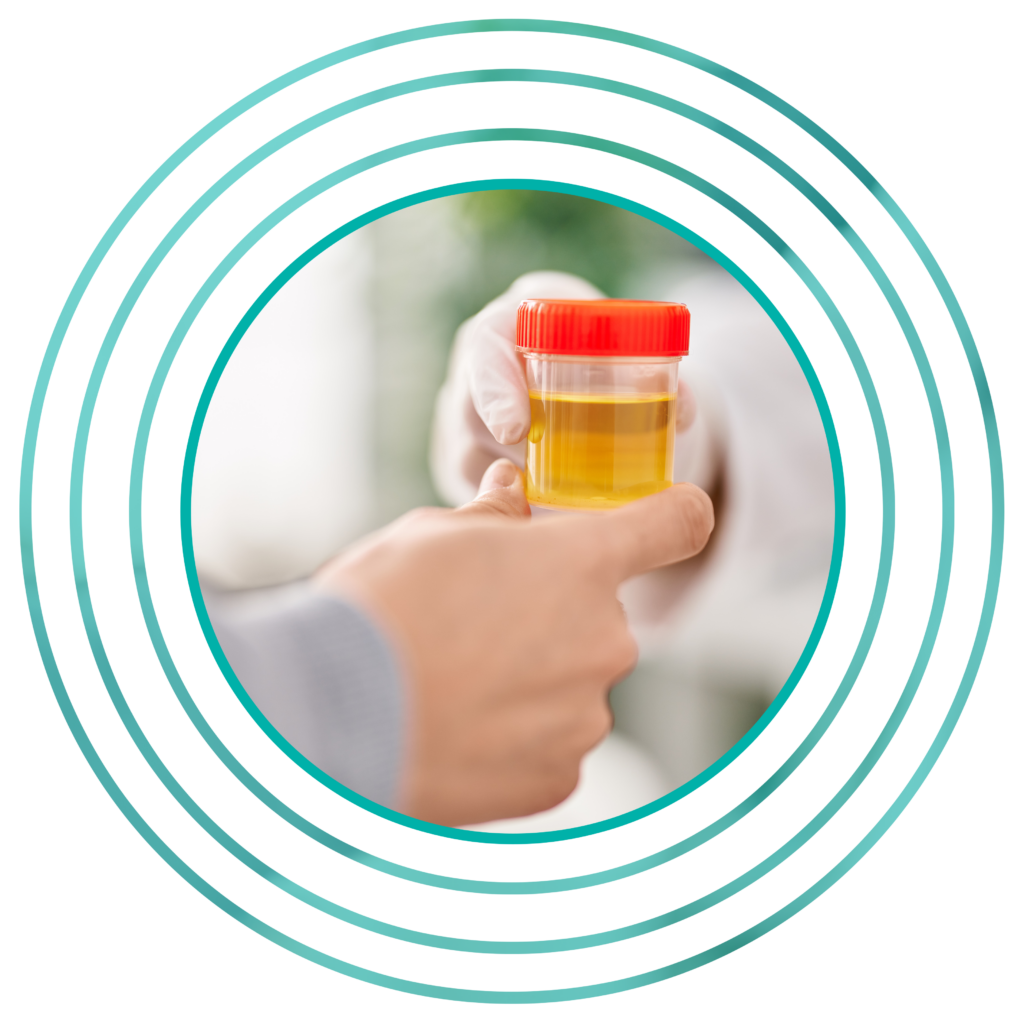URINE DRUG TESTING

A Solid Foundation For Adherence And Medication Monitoring
Urine drug testing, or urinalysis, is the most commonly used method in toxicology—and for good reason. From medication monitoring for patients being treated for chronic pain to monitoring treatment adherence or abstinence for patients with substance use disorder, urine drug testing provides valuable information to help improve patient outcomes and support harm reduction.
Urine drug testing can reveal if a patient has taken prescribed medication, providing an opportunity for clinicians to monitor their patient’s adherence to their treatment protocol or if a patient is potentially diverting medications. It also exposes unexpected results indicating the use of illicit substances or medications not prescribed, helping to avert drug-to-drug interactions or drug overdose and improving patient safety and reduced clinician liability.
Navis Clinical Laboratories® offers urine drug testing for addiction treatment, behavioral and mental health care, clinical labs, hospital-based labs and more.
Benefits of Urine Drug Testing
Parent Drug and Metabolite Detection
Can detect high concentrations of parent drugs and their metabolites. Metabolite detection helps eliminate confusion over which substances have been consumed, cutting the risk of adverse drug-to-drug interactions.
Flexibility
Testing can be conducted in a variety of ways to provide the information you need. Instant results and full lab-based testing can both provide an in-depth look at recent drug use. Additional tests are available when adulteration is a concern.
Fast turnaround time
These tests provide quick results. Quantitative results can be seen in as little as 48 hours.
Generous Detection Window
Reveals substances that have passed through a patient’s system for up to seven days, depending on the substance.
Navis Clinical Laboratories offers an extensive drug testing menu with over 180 metabolites and parent drugs, including more than 60 mental health testing options. Contact us for a complete list of drug testing options.
